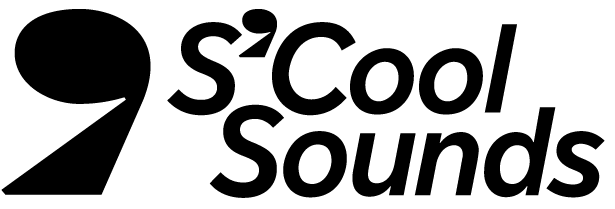THE SECOND LINE
Lesson 2
Teaching Artist: Dave AdewumiSUMMARY
This is the second lesson from the grades 6-8 Jazz and the World of Black American Music course. Students will explore their identity, culture, Congo Square, and the music of New Orleans. They'll also use classroom objects to perform the second line.
OBJECTIVE
Describe their identity, culture, and what makes them unique.
Discuss the culture of New Orleans and its music.
Perform the second line rhythm in a Mardi Gras Parade.
MATERIALS
Body percussion
"Found Objects" (instruments from the classroom)
EXPLORE
Display Google Slides: Second Line Rhythms. Tell students they’re going to pretend to write to someone they’ve never met. They’ll list five or more interesting or unique things about themselves. Model examples such as sports, TV shows, video games, or a favorite school subject. Allow time for students to write, then have them share their list with a peer or the class.
Discuss one or more of these questions: What forms an identity? What forms culture? What is freedom, and what does it mean to you? What happens when identity and culture are taken from you?
Introduce the idea of identity and culture through the African concept of Ubuntu – “I am because we are.” Tell students that the way some African cultures think about themselves is through the relationships they have with their family, friends, culture, and society.
Designate three areas of the room as “Relationships,” “Art,” and “Freedom.” Then, give each student three sticky notes. On one sticky note have them write down a few names of people related to their culture and identity. For example, a friend, sibling, classmate, or guardian. Then place the sticky note in the designated area.
Tell students art is a way to experience culture as well. Live Science defines culture as, “the characteristics and knowledge of a group of people, encompassing language, cuisine, social habits, music and arts." On the second sticky note, have them write down an art form related to their culture or identity. For example, calligraphy/watercolor art (visual arts), haikus/acrostic (poetry), reggaeton/hip hop (music), salsa/improvised (dance), etc. Then place the sticky note in the designated area.
Tell students that freedom is the ability to express the unique things about yourself, such as playing basketball, being a good sister, or reading a book. On the last sticky note, have them write down what makes them feel free. Then place the sticky note in the designated area.
Allow time for students to walk the room, reading, and discussing what everyone shared. Ask: What are the similarities and differences? How do art forms relate to our individual identities?
Watch Congo Square (00:45-03:56) and review the facts on topics, such as slave trade, Congo Square, and Buddy Bolden. Ask: What cultural connections and traditions are seen in Congo Square?What are examples of traditions in your family? For instance, a dance party, cookout, or family reunion. A place where people can gather and share their experiences.
LEARN
Tell students they are going to explore the music, culture, and traditions of Tremé, a neighborhood in New Orleans. Give them a blank piece of paper and divide it into two equal parts. On the left side write, “Tremé” and on the right side their name and neighborhood/city. Play the video Down in the Tremé: Exploring New Orleans' Most Historic Neighborhood. As students watch, have them jot down elements of the music, culture, and traditions on the “Tremé” side. When the video finishes, students will illustrate those elements.
Discuss: What are the things that are important to someone's identity in Tremé? What would someone from Tremé put on their portrait? Where is music used in everyday life in Tremé? (Parades, brass bands, Mardi Gras, live shows, etc.)
Have students reflect more deeply on identity in relation to their culture by creating a self-portrait and elements of their neighborhood/city on the right side of the paper. Label it with words or statements identifying features of their identity and culture.
Allow students to share with the class their portraits. Display the illustrations on the walls of the classroom.
Tell students that the second line is a parade tradition in New Orleans that's often heard in brass bands, parades, and Mardi Gras then play Second Line Rhythm (3:45-end).
Play the second line along with Mr. Dave Second Line Rhythm (4:27-5:31). Clapping can be substituted for drums, body percussion, congas, etc. Optional: Play along to these recordings Wynton Marsalis - 2nd Line or New Orleans: Kinfolk Brass Band - Street Parade.
PERFORM+SHARE
Host your own second line by performing and marching around the class clapping the second line rhythm. Allow time for students to rehearse the performance with music, marching, and masks. Get even more creative by having students make their own Mardi Gras Masks out of recycled materials.
Create an audio file or video of students playing along to the second line rhythms. Share and perform this lesson on S’Cool Sounds Padlet.
Tell students in the next lesson they will learn to write a Blues song.

